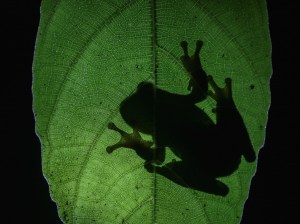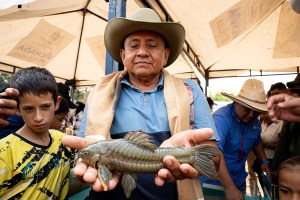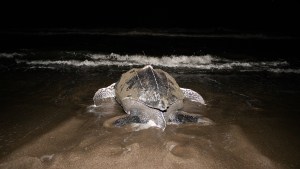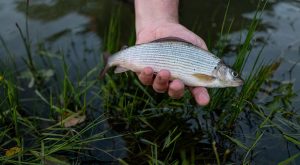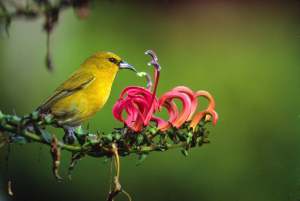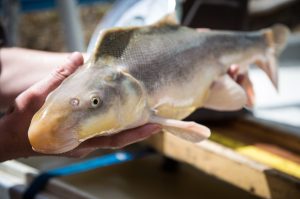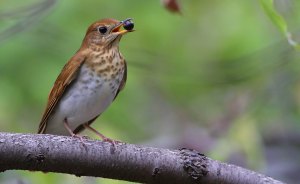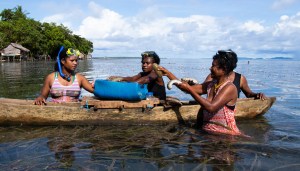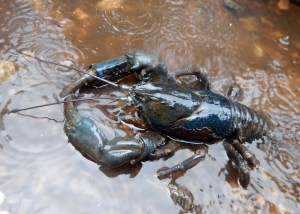Discover stories in Wildlife Science
Why Are Amphibians the Most Endangered Class of Animals?
More than 40% of the planet’s toads, frogs, salamanders and caecilians face extinction, but many can still be saved.
Restoring River Oxbows Benefits Endangered Fish
The Topeka shiner is returning to Iowa rivers; restoration offers benefits for water quality and flood control.
The Curito: Guardian of Orinoquia Conservation and Tradition
This special fish reflects the amphibious cultural identity of the people of Orinoquia, Colombia.
Meet Lizzie McLeod, TNC’s Global Oceans Director
From religion major to glass blower to leader in global ocean conservation, Lizzie McLeod’s career path has been anything but conventional.
Migration Data Helps Protect Leatherbacks Across Oceans
Data from a TNC-lead tagging study reveals the epic migrations of leatherback turtles.
Meet the Leatherback: A Giant, Deep-Diving Migrant of the Open Seas
What dives deeper than a submarine, swims across oceans, is covered in polka-dots, and has a mouth straight out of a horror movie?
Freshwater Migratory Fish are in Trouble All Over the World
The Living Planet Index reports a staggering 81% average decline in global freshwater migratory fish populations since 1970.
How Can You Stop a Disease-Carrying Mosquito?
An effort to slow the spread of deadly avian malaria is giving Hawaiian forest birds a fighting chance.
Utah Nursery Gives Endangered Fish a Place to Grow
Razorback suckers have faced a perilous future on the Colorado River. A Moab preserve offers hope.
Earlier Springs Cause Problems for Birds
A climate change induced mismatch between green up and migration may prove too much for some species. But researchers say there’s still hope
When Sea Cucumbers Spawn, Where Do Their Larvae Go?
New research on sea cucumber genetics indicates that locally managed marine areas are a good way to protect this fishery for communities.
Meet the World’s Largest Freshwater Crayfish
National Geographic Society & TNC extern Zoe Starke shares her experience studying the 13-pound Tasmanian giant crayfish.
